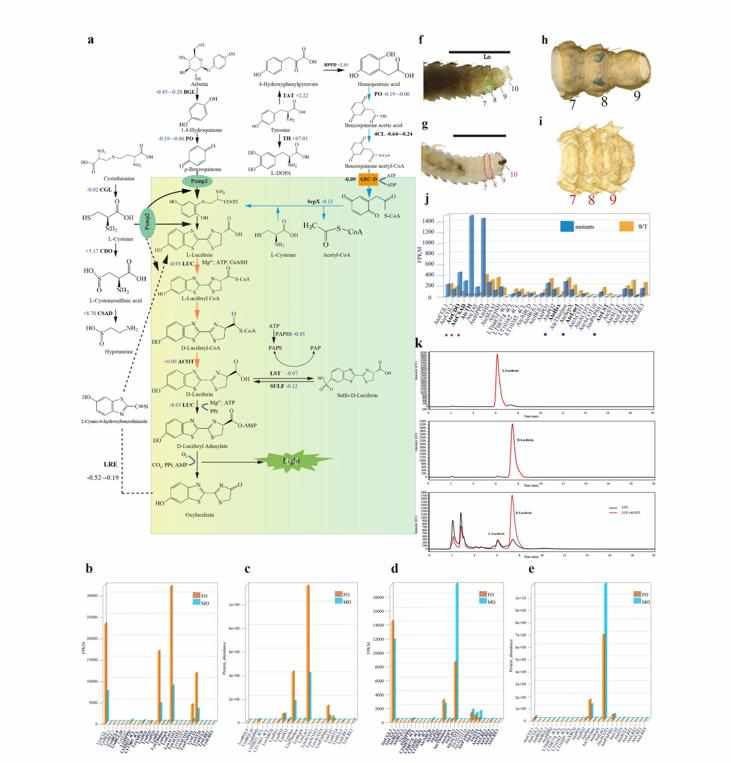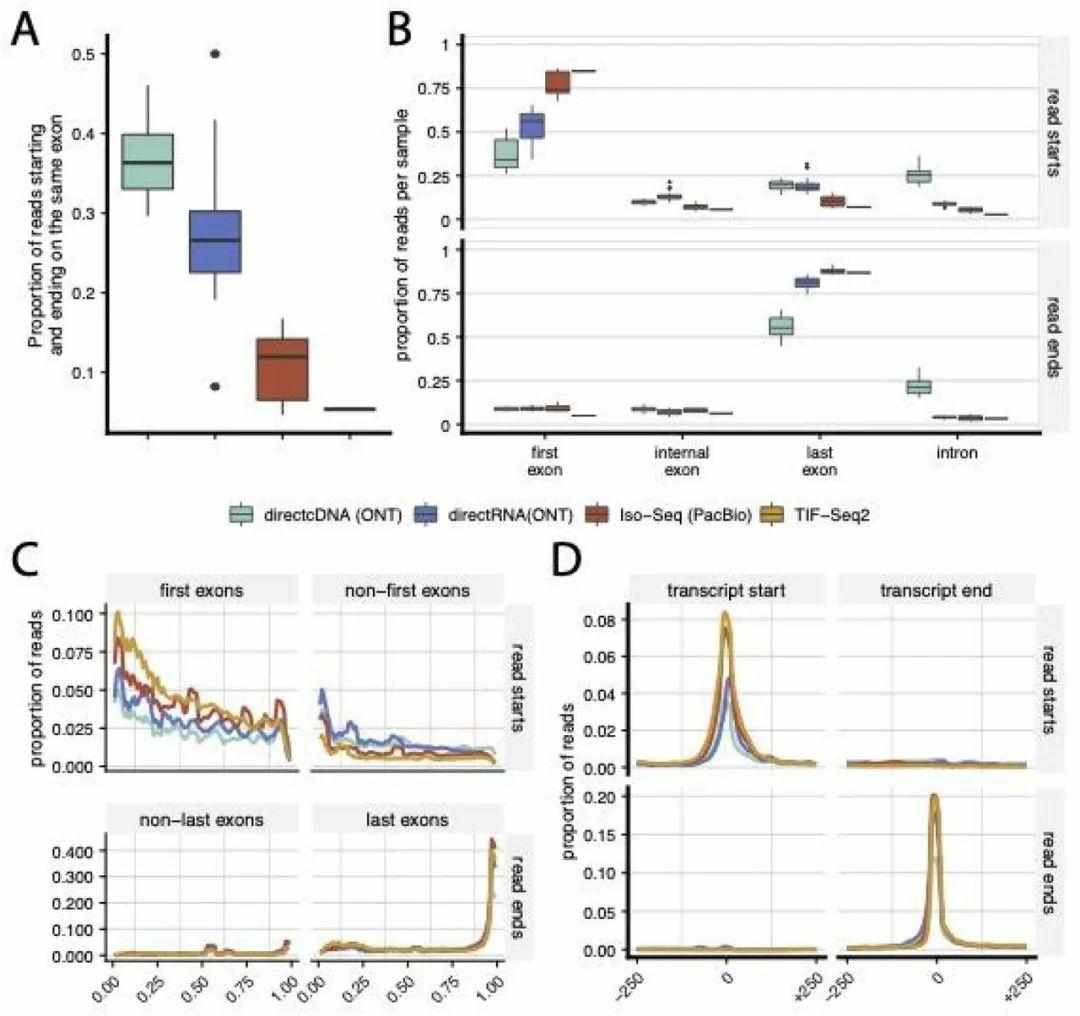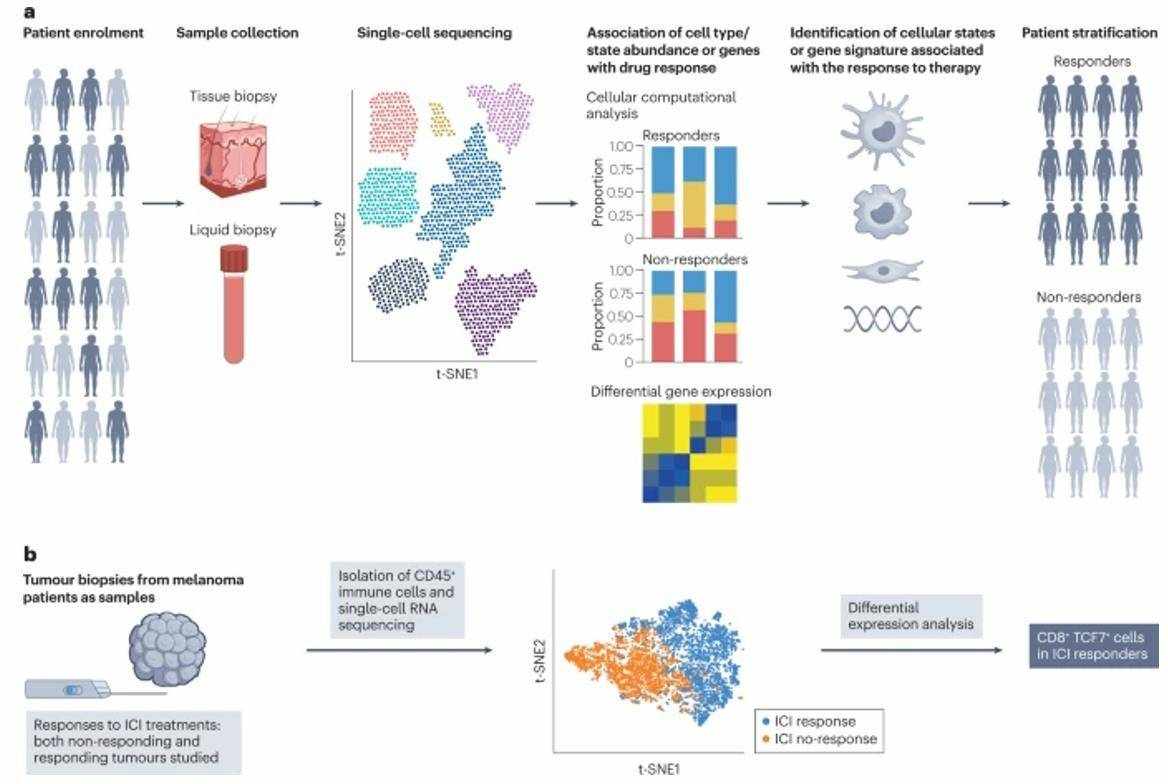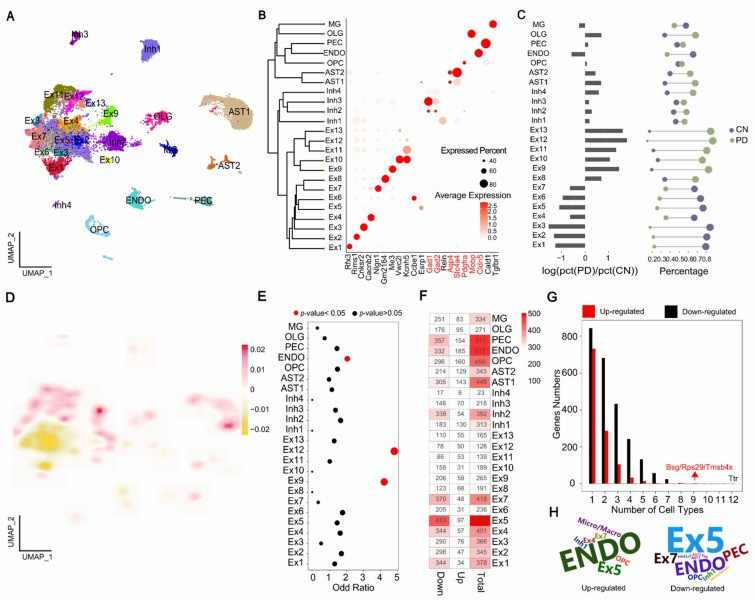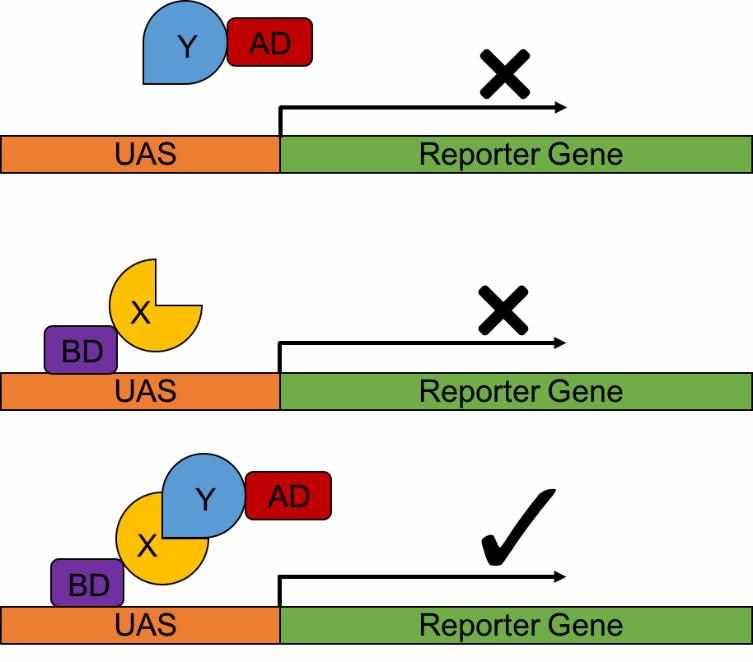PacBio HiFi Sequencing for Spinal Muscular Atrophy Analysis
Spinal muscular atrophy (SMA) has long been recognized as a serious neuromuscular disease, is currently ranked as the leading cause of early infant mortality, and is one of the most common recessive diseases worldwide. Two genes play a role in the onset and severity of SMA: SMN1 and SMN2. SMN1 is highly homologous to its paralog SMN2. These two genes are located in genomic regions with highly complex long repetitive sequences that are nearly identical except for a few bases, which makes sequence analysis and variant calling challenging. Both genes have different copy numbers in different populations and have been analyzed by a variety of methods (usually PCR-based dosage testing combined with sequencing), each of which has its limitations. Further, without pedigree information, it is currently not possible to identify silent carriers (2+0) with two copies of SMN1 on one chromosome and zero copies on the other.

